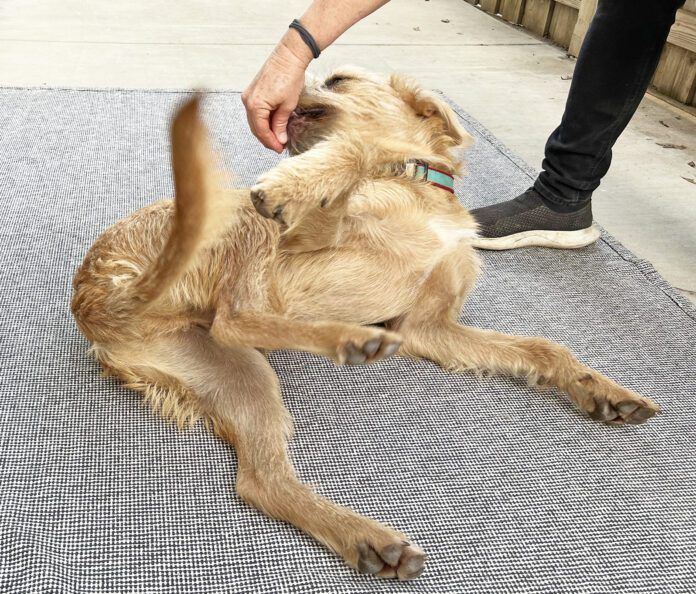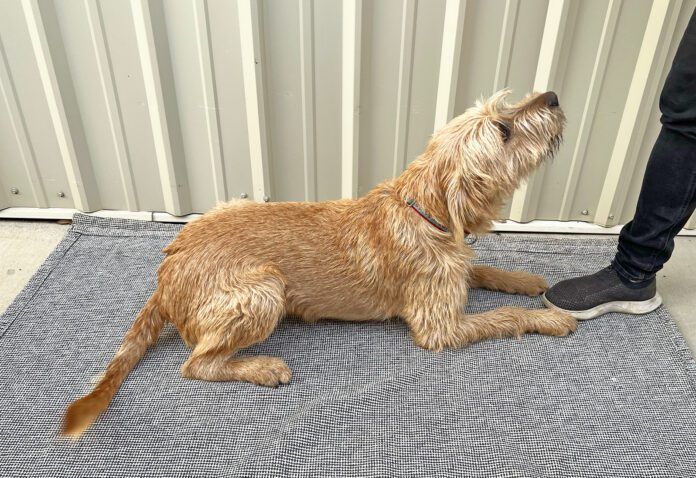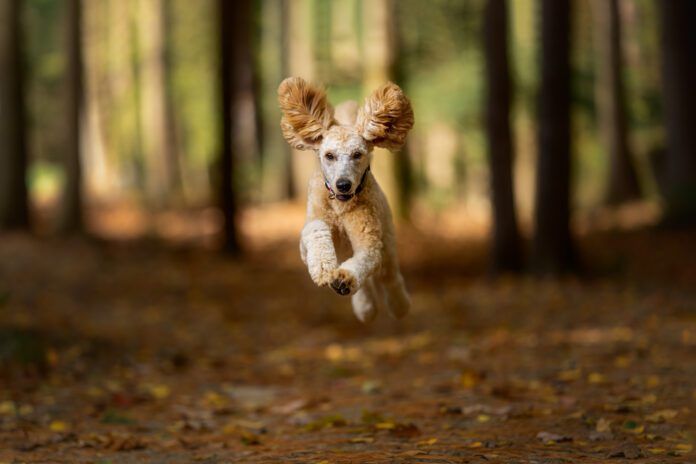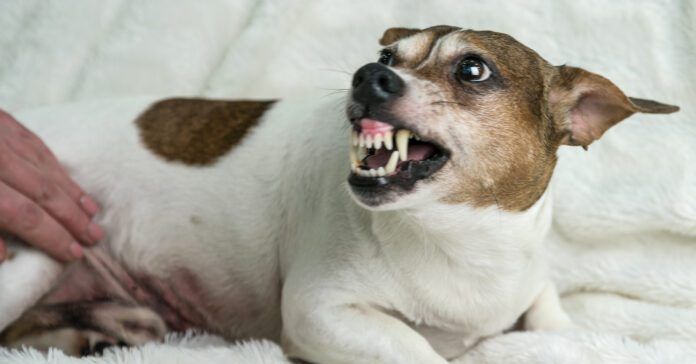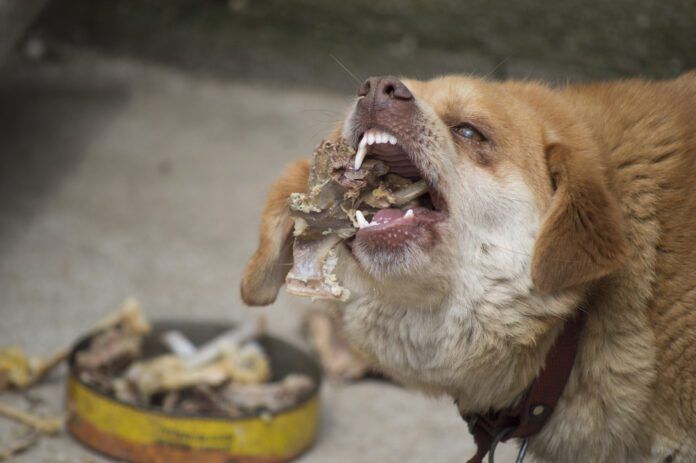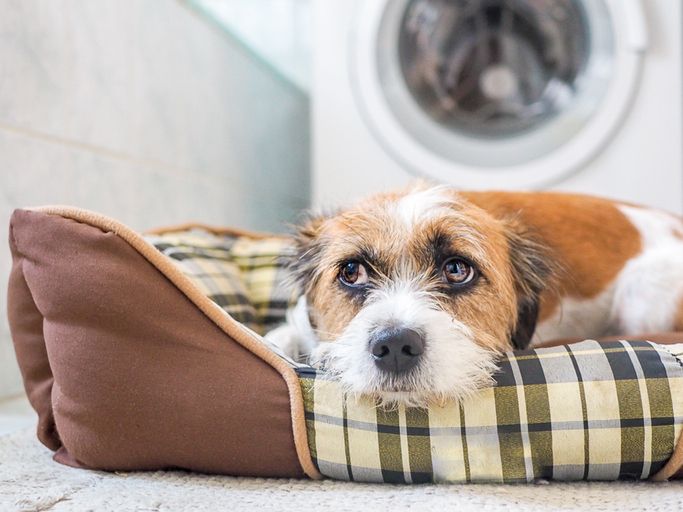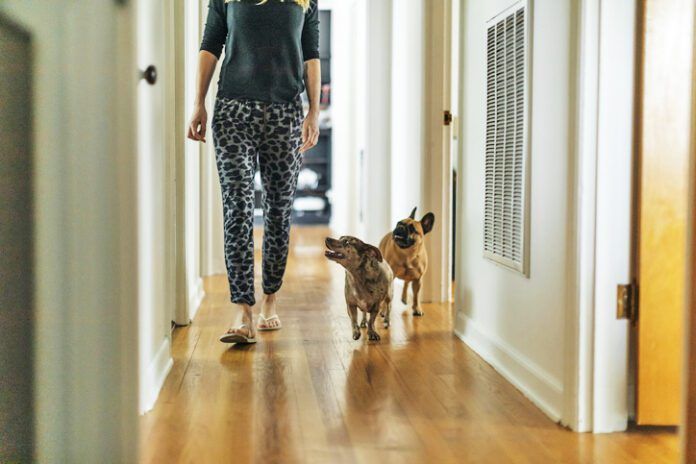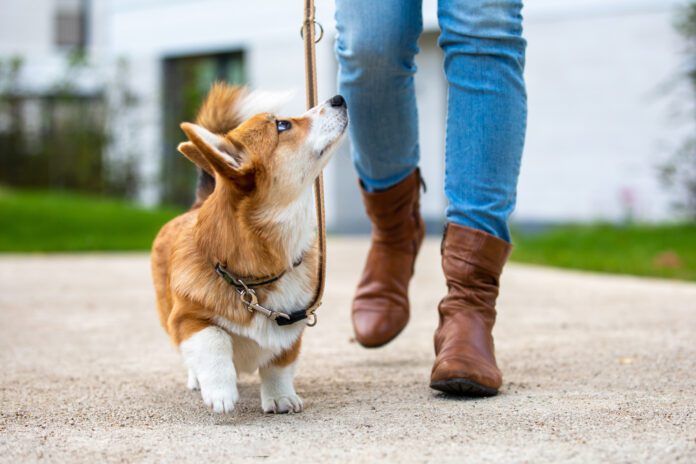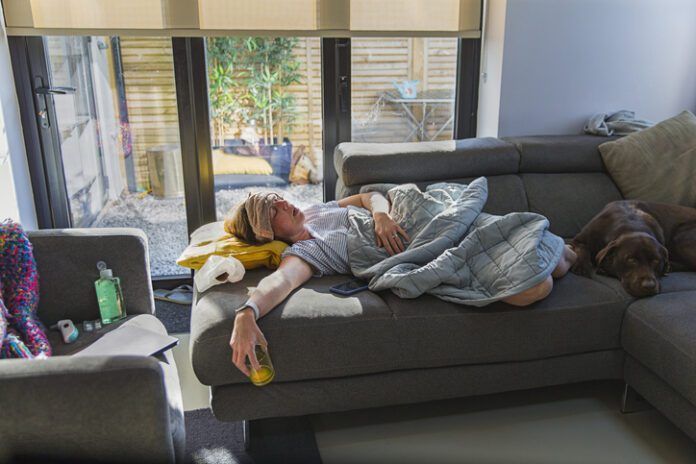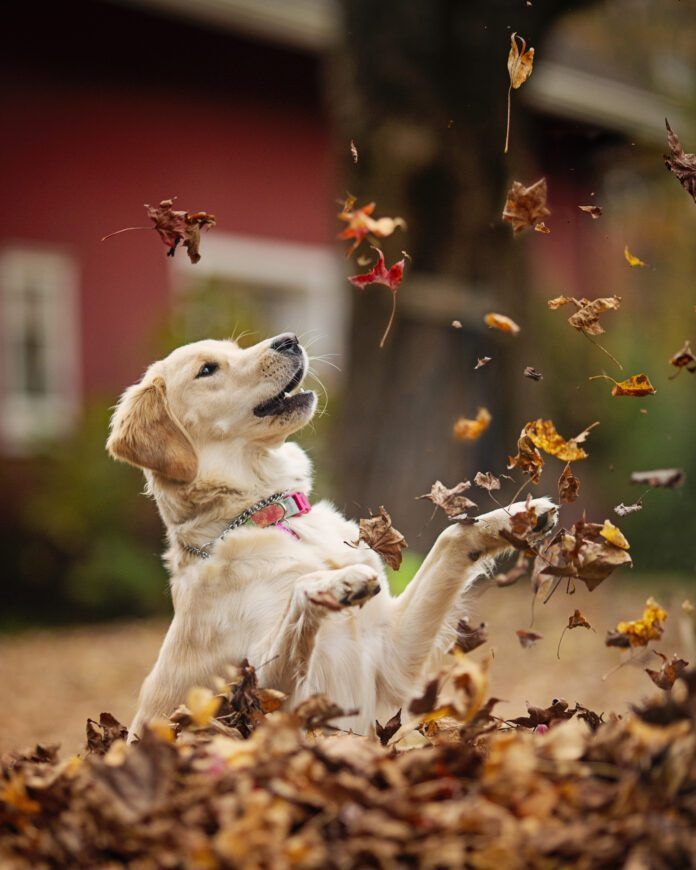There’s an almost endless list of tricks you can teach your dog to keep the two of you entertained, and friends and family members laughing. Roll Over is an all-time favorite, especially beloved because, while some tricks are off-limits to puppies because their bodies are still developing, Roll Over is safe to teach dogs of any age.
-
- Start with your dog lying down. (If you haven’t already taught down, go here.)

Start with your dog lying down. If he’s lying squarely, use a lure to encourage him to tip over onto one hip or the other. - Notice whether your dog lies down squarely in “sphinx” position or rocks onto one hip. If she’s resting on one hip, encourage her to roll in that direction. If she’s lying down squarely, she can roll either way.
- Put a treat in front of her nose and move it toward her rib cage on the side she’s rolled away from (on either side if she’s square), with the treat in your hand on the same side. That is, if she’s rolled onto her right hip, move the treat toward her left-side rib cage with the treat in your right hand.

Put a treat on your dog’s nose, and slowly move your hand toward his ribs – not too high in the air. Mark and give him a treat each time he follows the lure. The goal is to get him to reach farther each time, but if you move too fast, he might stall out and quit. - As she follows the treat with her nose, mark her effort (with the click of a clicker or a verbal marker, such as the word “Yes!”) and give her a treat. Don’t try roll over yet! The idea is to reward her successively more accurate efforts, thus “shaping” the behavior you’re after. Put another treat in front of her nose and move it toward her rib cage again, repeating multiple times, and using your marker and giving her a treat each time she follows the treat with her nose.
- When she’s eagerly following the treat each time, move it just a little farther toward her spine with each repetition. Go slow! If you go too far too fast she might try to get up, instead, or balk if she feels like she’s stretching as far as she can. Preserve her loose willingness to follow the treat with lots of praise and encouragement.

If you’ve been keeping the rate of your marks and treats high, offering lots of praise and encouragement, and keeping this fun, your dog is likely to start rolling more quickly. The first few times he rolls all the way over, give him a jackpot! Good dog! Introduce your cue around this time by using the cue first, pausing for a second or two, and then lure as before. - As she continues to follow the treat, she’ll roll farther onto her hip, then onto her side, then feet up in the air, and finally all the way over. Go slow and steady so she doesn’t get scared. Mark and treat all of her progress, with multiple repetitions at each step. When she’ll do it easily, add your verbal cue before you lure, then remember to fade the lure. You did it, yay! Now go show off!
- Start with your dog lying down. (If you haven’t already taught down, go here.)


